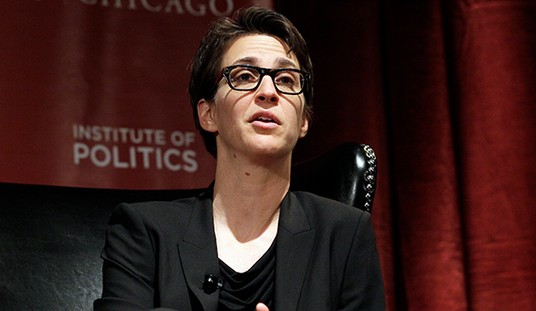Plus ça change, plus c’est la même chose. Eight years ago, a president who won election by promising sweeping change made an infrastructure-heavy stimulus bill his top domestic priority. That wound up costing $800 billion for Democratic hobby-horse agenda items (remember Solyndra and other green-energy busts?) while teaching Americans that there’s no such thing as shovel-ready projects. Apart from accelerating some maintenance items that had already been planned, Barack Obama’s Porkulus added to our national debt without doing much for the economy or for our infrastructure.
Now Donald Trump wants to take a swing at stimulus via infrastructure. It will cost less and takes a different approach, but will conservatives who want to cut federal spending and address national debt buy into a Trumpulus?
A presidential transition website this week said Trump will invest about $550 billion in new projects. But he hasn’t spelled out his priorities. Nor is it clear how much of that total would be new federal spending and how much would come from the private sector. And Congress might have its own ideas.
Two of Trump’s advisers, Wilbur Ross, a private-equity investor, and Peter Navarro, a University of California at Irvine business professor, released an analysis Oct. 27 suggesting that the federal government could provide tax credits — a form of subsidy — to investors in infrastructure and recapture lost revenue through taxes on higher wages and contractor profits. The credits would cover $137 billion, or 82 percent, of the equity investment needed for $1 trillion of infrastructure, according to the analysis.
If Trump relies too heavily on the private sector, though, his initiative could fall far short of the new investment that businesses and economists say is desperately needed. According to the White House Council of Economic Advisers, the average age of U.S. infrastructure — including water and sewer facilities, streets and highways, and electric power plants — is two to three decades and has increased steadily since the late 1960s.
Welcome to the first mandate collision of the Trump administration. There’s little doubt that populists want money spent on improving infrastructure, and that they want business to pay for it. Democrats will climb aboard that bandwagon, assuming they get to help write the bill (and the checks). Trump did make this a key part of his campaign, too — in fact, it’s almost the definition of “Make America Great Again.”
Count the Heritage Foundation out from the cheerleading section, though. Politico asked Dan Holler whether the conservative think tank would back the proposal, and he suggested that economic stimulus efforts would be better directed at regulatory reform:
“Conservatives do not view infrastructure spending as an economic stimulus, and congressional Republicans rightly rejected that approach in 2009,” said Holler, whose group is the political arm of The Heritage Foundation.
He said Congress should devote its energies to other items on Trump’s wish list.
“It would be a mistake to prioritize Big Government endeavors over important issues like repealing Obamacare, reforming our regulatory system and expanding domestic energy production,” Holler said. “Along with confirming a conservative justice to the Supreme Court, these are the type of legislative efforts that will help anxious families and folks struggling all across the country.”
Trump’s proposal even drew flak from the Competitive Enterprise Institute, a conservative group that his transition team has turned to for advice on his environmental policies. “There is little evidence that these public works projects promote long-run economic growth,” CEI fellow Marc Scribner wrote Thursday in a blog post on “The Great Infrastructure Myth.”
Conservatives fought hard against the Porkulus bill in 2009 for all the right reasons. It was unfocused, unpoliced, and essentially an $800 billion blank check for Democratic pork targets. Even more to the point, it did little to fix either the economy or infrastructure in any meaningful way. Those problems will almost certainly arise again if the same approach is used, and especially if the same people are involved in writing the legislation. Recall that Barack Obama refused to allow Republicans to help in that regard, offering his retort “I won” when challenged on that point just days after his inauguration. They just shut down a new $476 billion proposal from Obama that amounted to the hair of the dog in the 2016 budget cycle.
Trump’s concept of infrastructure spending does look somewhat different, at least so far. By tying credits to private-sector investment in infrastructure, the incentives shift in two significant ways. First, they put pressure on selection of better projects, rather than letting politicians direct cash to their own districts. Second, it incentivizes efficiency and completion rather than orange road signs and PR campaigns. But that’s only true if Congress strips themselves of pork power, and that seems … unlikely.
Trump will have to horse-trade with conservatives if he really wants this passed. That will either mean significant tax and/or regulatory reform, plus some pay-for mechanism through reduced government in other areas. Trump will also likely hold the Supreme Court pick over conservatives’ heads in the short run to get what he wants. If they cut a deal, though, be prepared to learn more unplanned lessons in the futility of top-down stimulus, even from Republican administrations.








Join the conversation as a VIP Member